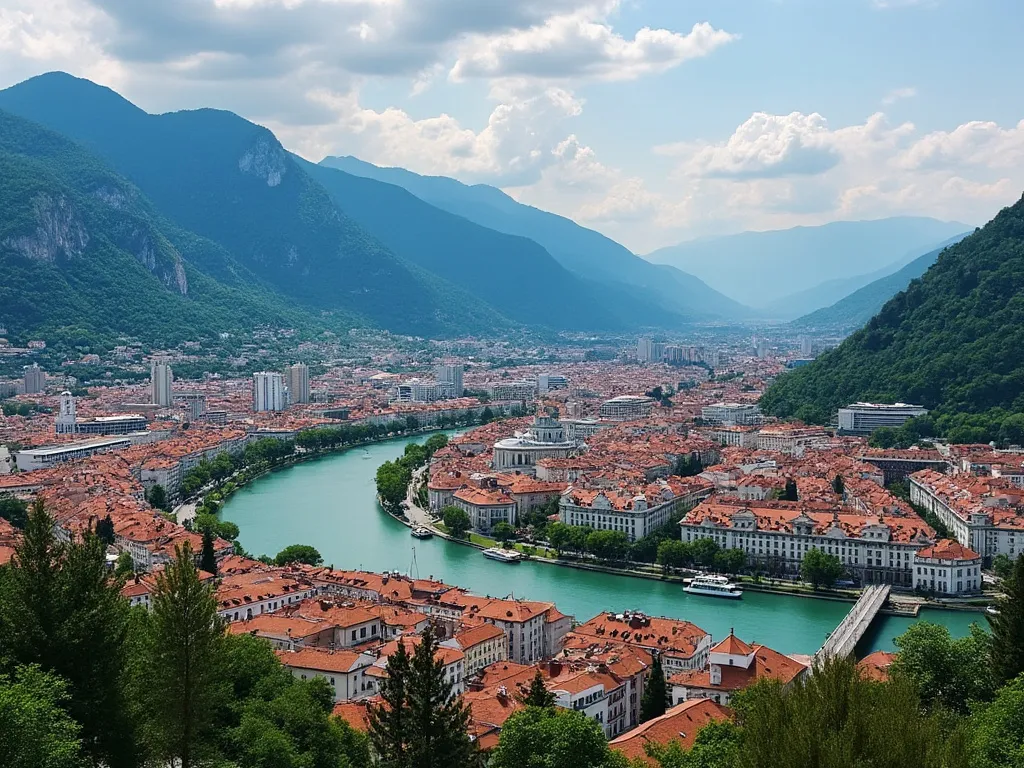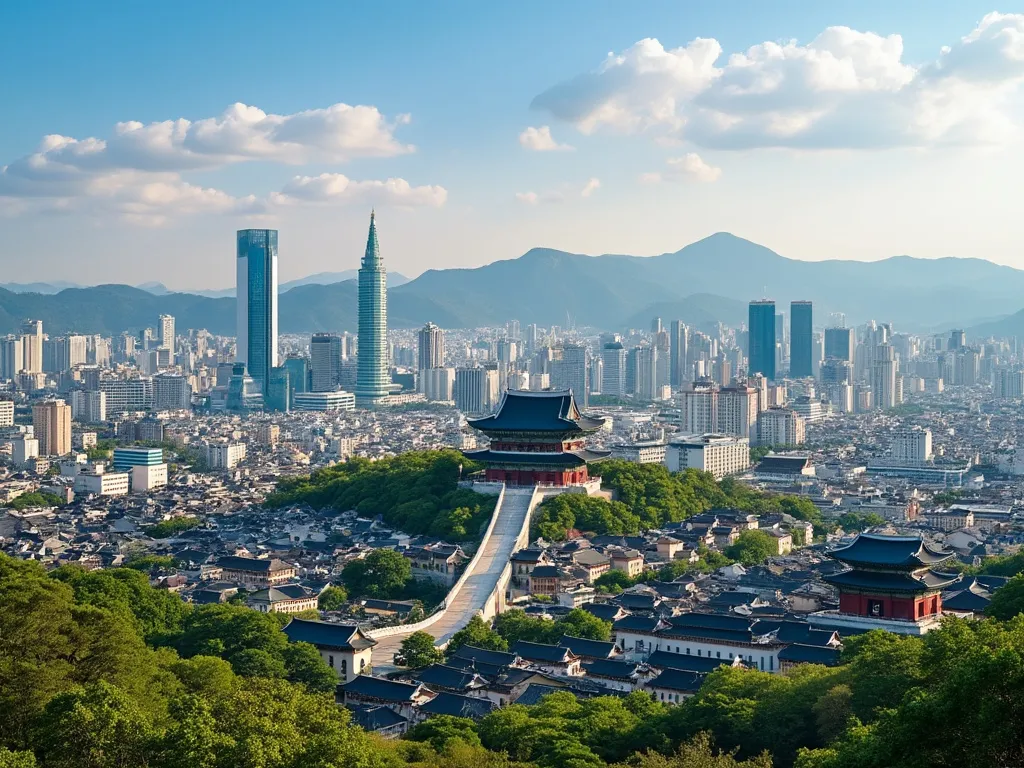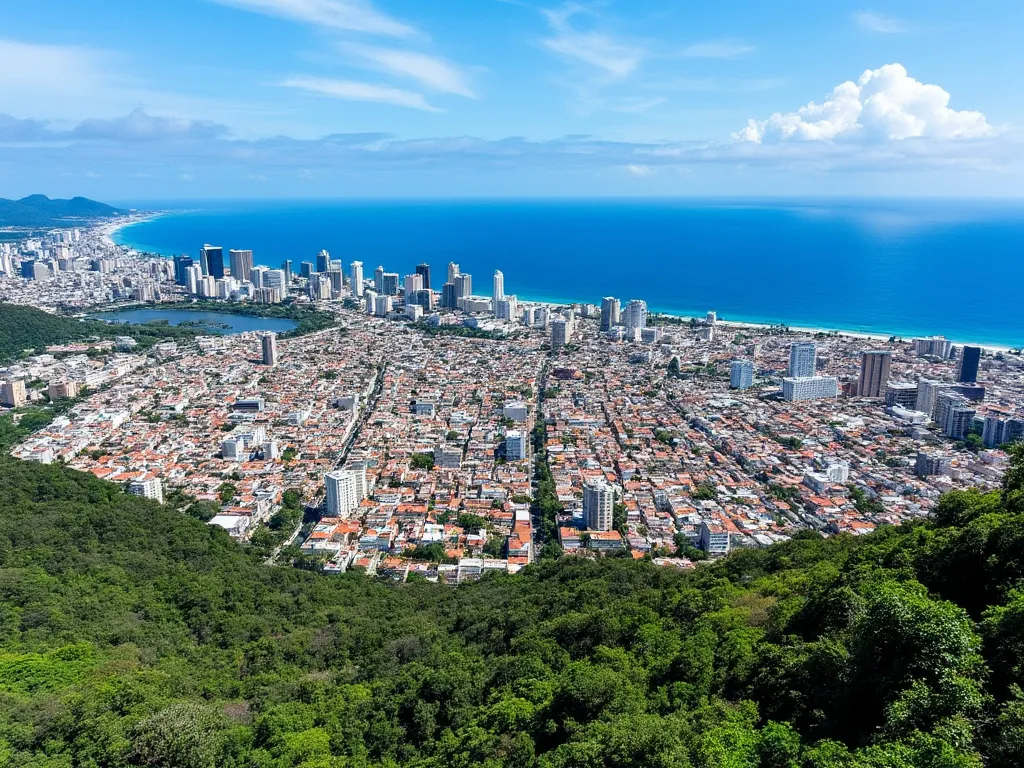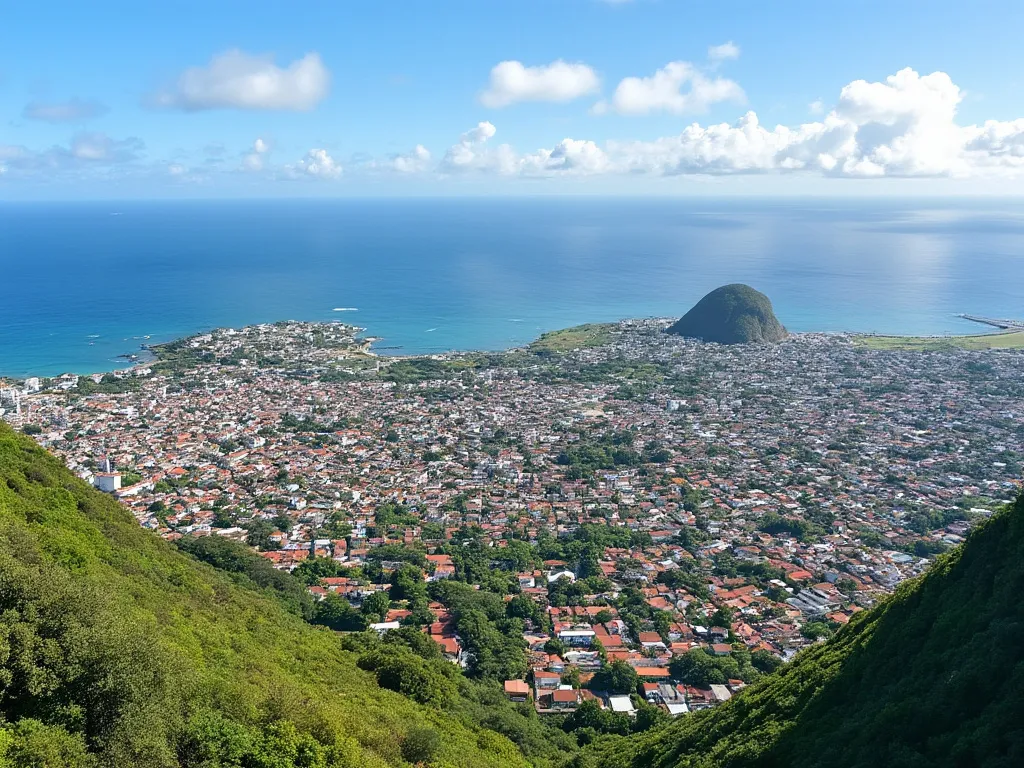
Sarajevo is the capital city of Bosnia and Herzegovina, a city with a rich history and cultural significance. Located in the Dinaric Alps, Sarajevo is nestled in the Sarajevo Valley, surrounded by mountains and rivers. The city has a population of over 275,000 people and is known for its diverse cultural heritage, stunning architecture, and natural beauty.
Sarajevo information
| Country | 🇧🇦 Bosnia and Herzegovina |
| City Population | 275,522 (2020 estimate) |
| City Coordinates | 43.8563° N, 18.4133° E |
| City Area | 1,276.9 km² (493.0 sq mi) |
| Climate | Humid continental climate (Köppen climate classification: Dfb) |
| Language | Bosnian, Croatian, Serbian |
| Currency | Bosnia and Herzegovina convertible mark (BAM) |
| Time zone | Central European Time (CET) (UTC+1) |
| Proximity to other major cities | Belgrade (Serbia) - 320 km (200 mi), Zagreb (Croatia) - 340 km (211 mi), Ljubljana (Slovenia) - 430 km (267 mi) |
Interesting facts about Sarajevo
- Sarajevo is home to the Latin Bridge, where Archduke Franz Ferdinand was assassinated in 1914, sparking World War I.
- The city is home to the Baščaršija neighborhood, a historic Ottoman-era district with narrow streets and traditional shops.
- Sarajevo hosted the 1984 Winter Olympics, and the city's Olympic Stadium is still in use today.
Tourist attractions in Sarajevo
- The Latin Bridge
- Baščaršija neighborhood
- National Museum of Bosnia and Herzegovina
- Sarajevo City Museum
- Academy of Fine Arts
Historical background of Sarajevo
Sarajevo has a long and complex history, dating back to the 15th century when it was founded by the Ottoman Empire. The city was an important center of trade and commerce, and its strategic location made it a key point for the Ottoman Empire's expansion into Europe. In the late 19th century, Sarajevo became part of the Austro-Hungarian Empire, and it was during this period that the city underwent significant modernization and development.
Geographical location of Sarajevo
Sarajevo is located in the heart of the Balkan Peninsula, in the Dinaric Alps. The city is situated in the Sarajevo Valley, surrounded by mountains and rivers. The Miljacka River runs through the city, and the surrounding mountains offer stunning views and opportunities for outdoor activities such as hiking and skiing.
Cultural significance of Sarajevo
Sarajevo is a city with a rich cultural heritage, reflecting its diverse history and influences. The city is home to a number of important cultural institutions, including the National Museum of Bosnia and Herzegovina, the Sarajevo City Museum, and the Academy of Fine Arts. Sarajevo is also known for its vibrant arts scene, with numerous galleries, theaters, and music venues.
Economic importance of Sarajevo
Sarajevo is the economic center of Bosnia and Herzegovina, with a number of important industries, including manufacturing, finance, and tourism. The city is home to a number of major companies, including the Sarajevo Stock Exchange, and is a key point for trade and commerce in the region.
Conclusion on Sarajevo
Sarajevo is a city with a rich history, cultural significance, and natural beauty. From its stunning architecture to its vibrant arts scene, Sarajevo is a city that has something to offer everyone. Whether you're interested in history, culture, or outdoor activities, Sarajevo is a must-visit destination in the Balkans.
 Seoul
Seoul
 Singapore
Singapore
 Santo Domingo
Santo Domingo
 São Tomé
São Tomé